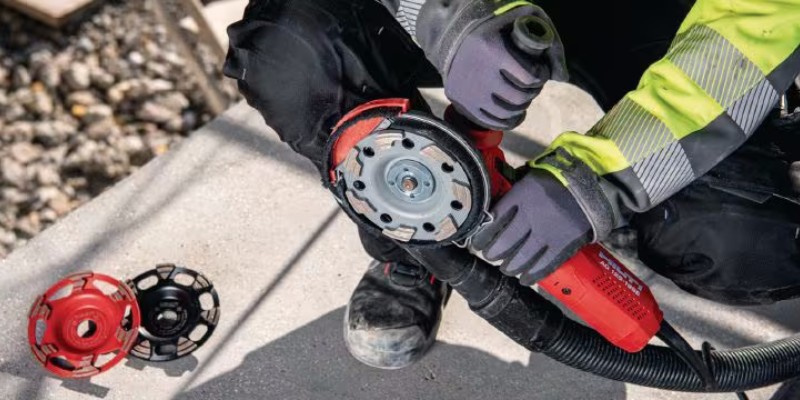The Evolution of Diamond Grinding Tools: From Simple to Sophisticated2023-09-26
Diamond grinding tools have become an integral part of the construction and surface preparation industry, revolutionizing the way we shape, polish, and restore various materials. From humble beginnings to advanced technology, the evolution of diamond grinding tools has enabled professionals to achieve precision, efficiency, and exceptional results.
In the early stages of diamond grinding, the tools were relatively simple compared to their modern counterparts. Initially, diamond particles were embedded onto the surface of grinding wheels using a binder material. These wheels were primarily used for basic grinding tasks, such as removing surface imperfections or leveling concrete.
Over time, manufacturers started refining the bonding techniques between diamonds and the tool matrix, leading to improved performance and longevity. Resin bonding became popular, providing a more reliable and durable bond between the diamond particles and the tool matrix.
Additionally, the introduction of segmented diamond grinding tools brought a breakthrough in efficiency and versatility. Segments, which are individual blocks of diamonds, were strategically placed on the tool's surface. This segmentation increased the grinding surface area, allowing for better material removal and reducing the heat generated during grinding.
Polycrystalline diamond (PCD) tools emerged as a significant advancement in diamond grinding technology. PCD is a synthetic diamond material that consists of multiple small diamond particles bonded together. PCD tools offer exceptional hardness, durability, and heat resistance, making them ideal for grinding and cutting a variety of materials, including concrete, stone, and coatings.

Recent innovations in diamond grinding tools have seen the development of hybrid and multi-segment tools. Hybrid tools combine the benefits of metal bond and resin bond, providing high material removal rates and excellent finish quality. These tools are designed to optimize both efficiency and surface aesthetics.
Diamond grinding tools have expanded beyond traditional grinding applications. Hybrid polishing systems combine the benefits of both traditional grinding and polishing, allowing for the creation of highly-polished, mirror-like finishes on various materials. These systems are widely used in the concrete polishing industry, offering enhanced aesthetics and durability.
Furthermore, advancements in technology have led to the development of dry grinding systems. These systems utilize diamond grinding tools with specially-engineered patterns to enhance dust extraction, reducing the need for water during the grinding process. Dry grinding provides environmental benefits and is particularly useful in indoor settings or areas with limited water access.
The evolution of diamond grinding tools has paved the way for significant advancements in the construction and surface preparation industry. From simple grinding wheels to sophisticated diamond tools, professionals now have access to a wide range of options that offer precision, efficiency, and exceptional results. With ongoing advancements in technology, we can expect further innovations that will continue to enhance the performance and versatility of diamond grinding tools, allowing professionals to achieve even more remarkable outcomes in the future.
- Company Info
- Feedback
- Customer Reviews
- About Us
- Contact Us
- Blog
- Help Center
- User Center
- Forget Password
- My Orders
- Tracking Order
- My Account
- Register



